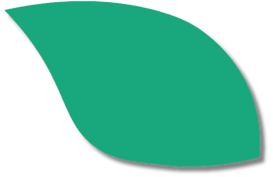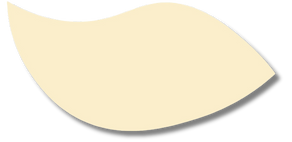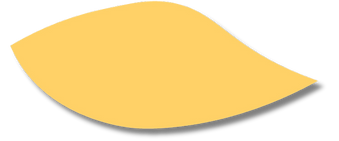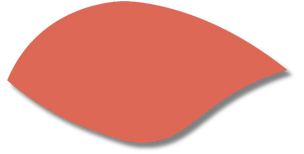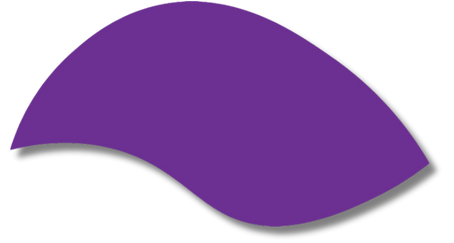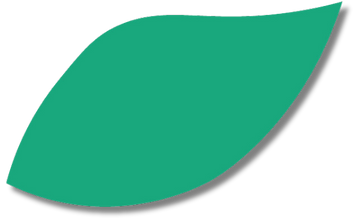

EUROPARC founding members



Theo Burrell (UK) receives 1st Alfred Toepfer Medal from former President Egide Moreau (BE) - 1990

“The founders of EUROPARC set out to create a constitution for Nature stating that working for nature was “restricted by conventional frontiers – frontiers that are not feasible for nature”.
- Prof Dr C.V. Oprea (RO), early council member
Nature knows no boundaries, so EUROPARC is founded on the principle that the future protections of nature is achieved through INTERNATIONAL CO-OPERATION.
The EUROPARC Federation was born out of the curiosity of people working in Protected Areas, to find out what is happening elsewhere. Following nature’s design and with a common passion to connect the work of Protected Areas across the then Iron Curtain. Seven visionaries satisfied their curiosity and founded the EUROPARC Federation.
It takes a good idea and one person to make a difference.
In EUROPARC’s case, one such person was Dr h.c. Alfred Toepfer. He realised that nature protection was a topic of interest for many European countries. In 1965, the first “European Working Conference”, became an adjunct to the German Nature Parks Association with a desire to connect with like-minded professionals across East and West Europe.
Alfred Toepfer



Early Directorate team. Eva Pontgratz, Sabine Schlogel and Richard Blackman



Early exchanges

30 delegates from 13 countries followed Toepfer’s invitation. This conference – which was the Federation in embryo – ran for 8 years when the decision was taken to found a “European Federation”.
After an intensive year, the Federation of Nature and National Parks of Europe was born on the 12th May 1973.
It was registered in Basel, Switzerland and met for the first time as an independent organisation in May 1974 in Goslar in the Harz Mountains of Germany. At that time, its membership already stretched to 14 countries!
The desire to find out what is happening across borders, and the interdependence of Europe’s nature, led the founders to commit themselves to further the conservation of Europe’s natural heritage through international cooperation. This hope for a better future emerged in the early 1970s, a time of considerable political and economic crisis. The human pressures on the environment were recognised through the Stockholm declaration and the first CITES agreement was signed, signalling that species themselves were at risk of extinction through unsustainable use.
50 years later, the challenges remain and the need for international cooperation and the shared hope for our European Nature is as vital as ever.

Bringing people together was the driving force of the early EUROPARC. In the 70s, the clacking of typewriters was the soundtrack to the Federation’s communications. Apart from sending letters, the European Bulletin was the official repository of EUROPARC’s networking efforts and a way to share information. The Bulletin, published in three languages, was one of the main environmental publications of the day. Prof Dr Hans Köpp, editor of the Bulletin 1975 to 1983 said:
“I am convinced that the Federation and its Bulletin bridged the gap between Eastern and Western Europe at that time. They anticipated European Unification.”

It was the face-to-face meeting and exchange of ideas and knowledge in the annual conference that tapped into the need of Europe’s Protected Areas to learn and work together, setting the ethos and tenet of the Federation that continues to the present day. Identifying this networking and innovating need in the management of Protected Areas, is what EUROPARC was created to fill.
This is echoed in the Federation’s first Director’s words:

Marta Mugica’s best EUROPARC memory
This is echoed in the Federation’s first Director’s words:
“If EUROPARC hadn’t existed, one would have had to invent it. That’s what I am still thinking today and I am proud that over the course of 21 years I was able to build up the headquarter of the European umbrella organisation for Protected Areas and contribute to the development of the organisation as Director in the years 1986-2007.”
- Eva Pongratz (D), EUROPARC Director 1986-2007
Former EUROPARC President and Retired Director of Alpi Maritimme Nature Park remembers:
“1982. It was my first year of work in the Alpi Marittime Natural Park and I had accepted the invitation to participate in a seminar in the Peak District National Park (UK), organised by the "European Federation of National and Nature Parks" (which many years later was synthesised into EUROPARC), convinced that I could derive great benefits from international exchanges to compensate for my inexperience.”
- Patrizia Rossi (IT), Former EUROPARC President 1999-2002
EUROPARC was born in a time of division and mistrust across Europe. Yet, from its inception, the need and wish to break down barriers and form an international community working together for nature, which was able to circumvent political challenges, public disagreements and conflict between states, was met. Furthermore, the early Federation network, committed to international cooperation as the most powerful and effective policy instrument available, was able to influence a wide range of sustainability and nature conservation-related issues including species migration, pollution, biodiversity loss and ultimately climate change.
EUROPARC has been fortunate to be represented at high political and influential levels both within the Council of Europe and the European Commission. From the beginning, EUROPARC was invited to the first Council of Europe Ministerial Conference on the Environment in 1973, with official observer status conferred in 1976. This relationship continues to this day, with EUROPARC being more involved than ever in European policy.



With the advent of the European Commission and the various nature relevant legislation, EUROPARC ensured a presence to advocate for an interconnected, resourced nature across Europe. As European designations such Natura 2000 began to take precedence, the role of national designations within the European Commission began to wane. Determined and persistent advocacy, especially as the 21st Century emerged, reinforced the role of Protected Areas: this was underpinned by the evidence, which showed the scale of the Natura 2000 network managed and administered by EUROPARC members.
This has ensured that Protected Areas are once again in the spotlight, alongside Natura 2000, as an essential component of the European Biodiversity Strategy.
A range of policy and guidance papers, informed by the expertise and lived experience of members, has appraised many EU commission, parliamentary and committee of regions debates.
EUROPARC has always worked in partnership and has not shied away from sectors whose primary function may not have been nature conservation:
Farming is often an integral part of the landscape and EUROPARC continues to work to create common purpose with the agriculture sector. This work is developing with a vision for a new “Charter for Sustainable Agriculture”.
EUROPARC continues to innovate and has in the past looked for common ground with the extraction industry to recover quarries and, most famously and successfully, with tourism to bring more sustainable visitation to our parks. Real partnership working has grown with the European Network of Outdoor Sports.


EUROPARC too was an early contributor within the wilderness debate. The hunting and herding fraternity are an important grouping to liaise with and this is undertaken at a high level through the EU Platform on Coexistence between people and large carnivores.
EUROPARC has strength in numbers and so multiplies its efforts further by collaborating with other like-minded organisations, primarily through the European Habitats Forum. Here, detailed matters of relevant nature policy are examined and collective consideration given. IUCN, WCPA and WWF remain long-standing and valued partners.
Founded on the principle of international cooperation, EUROPARC is no stranger to the international stage in good times and bad. As a regular contributor at IUCN World conservation and WCPA World Parks congresses, EUROPARC ensures that the European model of parks and governance has global attention.
EUROPARC was represented at the World National Parks Congress in Durban in 2003, where it not only launched the Transboundary programme, one of the first in the world, but the delegation had the great good fortune to hear Nelson Mandela speak in person. Michael Starrett, then EUROPARC President, recalls:



“I was fortunate to be part of the EUROPARC delegation to attend this conference and to benefit from being in the presence of President Nelson Mandela. Just to see him, hear him and speak with him (however briefly) has stayed with me ever since. His discourse (never mind his presence) was inspirational . Mandela reminded us that ‘When I look around here, I see far too many white heads, and the nature conservation and environmental movement must become younger. We need to motivate young people and we need to get the young to get excited about the cause’ ”
- Michael Starrett (IE), Former EUROPARC President 2002-2005
This message has reverberated through EUROPARC in the intervening 20 years and it is why we endeavour to ensure there is a mix of “grey heads” and youth at EUROPARC conferences to this day.

Choose a leaf to continue your story journey.

